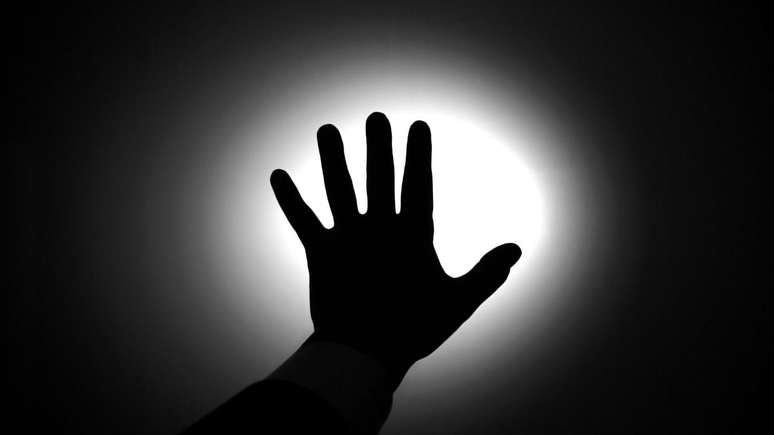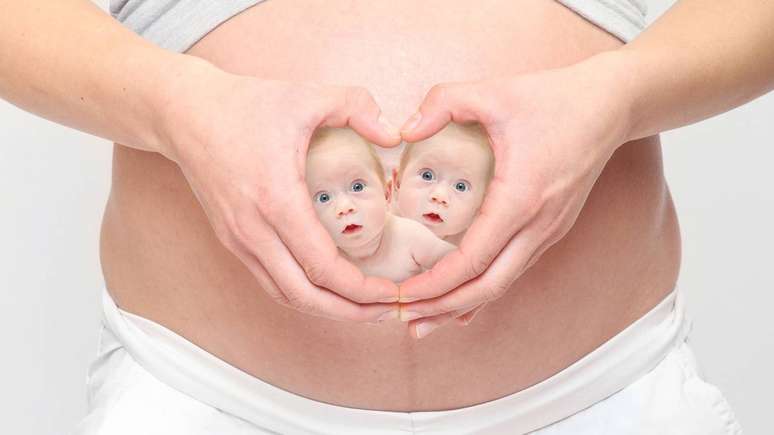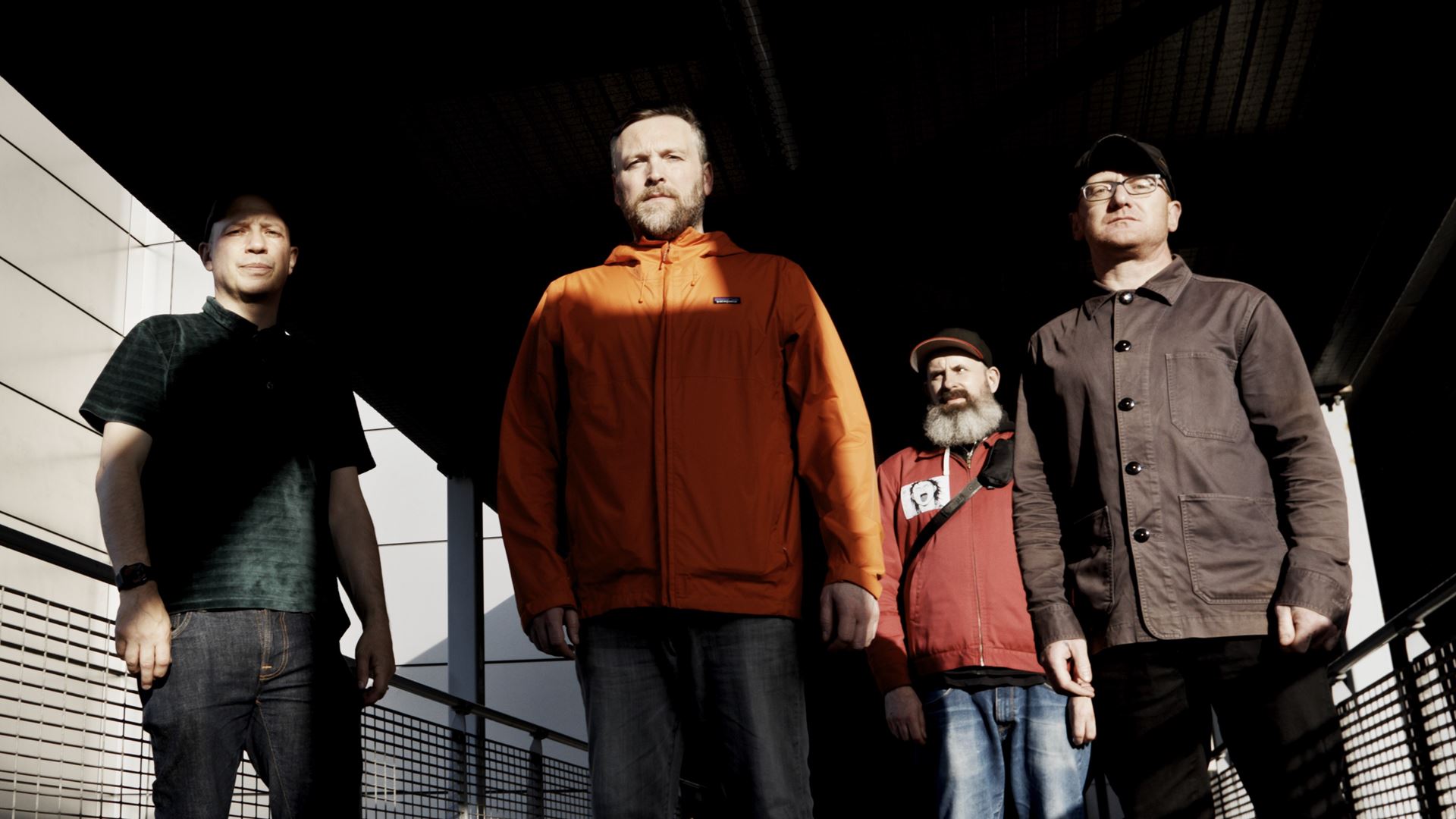New studies seek to understand what happens to the brain in moments when life shuts down and what these experiences reveal about human consciousness
The question spans centuries: what happens on the threshold between life and death? A group of researchers decided to listen to who was there. In a recent study (still under peer review), 48 people who had near-death experiences (NDEs) were interviewed about what they heard and, more importantly, what they saw. The answers are diverse, exciting and, at times, surprising – and help organize a phenomenon that is, at the same time, intimate and universal.
What are NDEs and why are they intriguing
NDEs often occur in critical situations, such as cardiac arrest or respiratory failure. Estimates indicate that 4% to 8% of people have reported something similar in their lifetime. These are intense, often transformative experiences, but difficult to study in a standardized way. After all, they belong to the territory of the subjective.
The study: listening, comparison and mapping
To overcome this challenge, the scientists proposed an unprecedented approach: in addition to collecting statements, they asked participants to “draw” the geometry of what they perceived. The result showed huge variations, with no identical experience.
Some accounts present very clear religious figures and symbolic scenes: “There were stone stairs to the left in front of me, and Jesus was at the top, wearing a white robe,” said one of the interviewees. “God, it appeared like a great light in the distance”another reported.
Other testimonies refer to luminous landscapes, tunnels and meetings with loved ones: “I was in the center of an immense bubble of light… it surrounded me completely… this light was the most beautiful I had ever seen”, said one. “Surrounded by a completely black organic tunnel, but with iridescent qualities”described another.
Culture as a “scaffolding” of visions
According to the lead author, France Lernerinterviewed by Daily Mailour cultural and spiritual references function as a “scaffolding” for these internal images – which would explain why some people report Torah readings, while others see Christian symbolism, and so many others do not describe any religious content.
Important: what the study doesn’t say
The authors point out that these findings do not prove the existence of a separate soul or consciousness leaving the body. The proposed explanation is based on neurophysiological mechanisms that shape perception when the brain is subjected to extreme stress.
Regardless of beliefs, the study helps organize the common elements of NDEs and brings science and the human experience closer together. By mapping how we see the middle ground when life becomes thin, the researchers highlight a delicate point in the human condition: how the brain creates meaning in the face of limitations.
Source: Terra
Ben Stock is a lifestyle journalist and author at Gossipify. He writes about topics such as health, wellness, travel, food and home decor. He provides practical advice and inspiration to improve well-being, keeps readers up to date with latest lifestyle news and trends, known for his engaging writing style, in-depth analysis and unique perspectives.








